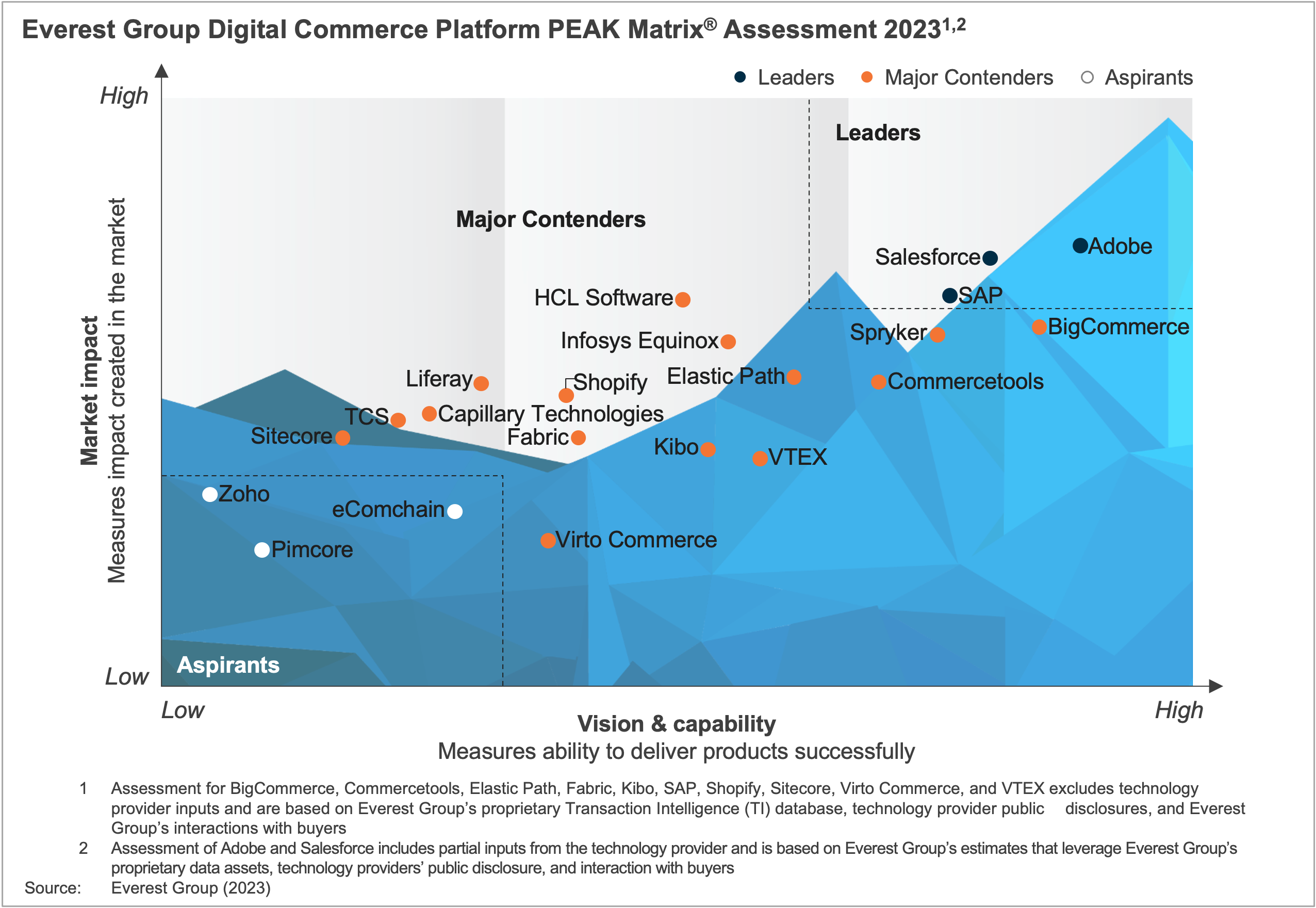From Mega Deals to Micro Wins: The Changing Face of IT-BP Deals | Blog

Between 2022-2023, the Information Technology (IT)-BP industry experienced an unprecedented surge in deal activity.
Enterprises sought to accelerate transformation across both value creation and cost optimization. The market was buzzing with large deals and, occasionally, mega deals, signaling a period of confidence in large-scale outsourcing.
However, this momentum has now slowed. As the second half of 2024 concluded, mega deals all but disappeared. The once thriving pipeline of large deals has dried up, and the few in the pipeline are now taking longer to convert.
Instead, enterprises are prioritizing short-to-medium-term deals. But what is behind this shift? Why are large deals losing traction? Our analysts explore the driving forces in this latest blog:
Reach out to discuss this topic in depth.
What’s driving the shift from large deals to short term deals?
Factor 1: The change in enterprise spending patterns
Enterprises are reacting to macroeconomic uncertainties by adopting a more cautious approach, largely due to budget constraints and evolving business priorities. Instead of committing significant sums up front, they are opting to break down large deals into smaller, more manageable components. This allows them to achieve:
- Quicker time-to-value
- Faster return on investment (Return on Investment – ROI)
- Lower upfront financial risk
Factor 2: Stagnating enterprise satisfaction
Enterprise satisfaction with IT-BP service providers is stuck in the mediocre range, making long-term, single-provider commitments increasingly difficult.
According to Everest Group’s research, the average enterprise satisfaction ratings have dropped from 5.7 in 2021 to 4.8 in 2023, and further to 4.7 in 2024 (on a scale of 1 to 7).
This dip has prompted enterprises to rethink their outsourcing strategies. They are less willing to consolidate spending with a single provider, instead opting for a multi-vendor approach to minimize dependency. As a result, large, long-term contracts are being fragmented, with work distributed across multiple providers.
Factor 3: Transformation initiatives are moving away from the “Big Bang” approach
Enterprises are increasingly moving away from “Big Bang” transformations where everything is done at once. Instead, they are embracing phased transformations, which allow for greater control and adjustments over time. When outcomes are uncertain or unfavorable, enterprises tend to revert to smaller and less complex operational models.
This shift in priority and decision-making has its roots in rising technical debt. For example: initially, many enterprises rushed to migrate to the cloud but are now reconsidering and opting for a more selective approach. They are now reassessing specific workloads that should remain on-premises while moving only essential functions to the cloud.
What lies ahead? The next 12 months in IT-BP deals
The uptick in small-medium sized deals is likely to persist. A recent Everest Group survey of over 200 enterprises found that 66% of enterprises expect to favor small-scale, iterative, micro transformations over large-scale, cross-enterprise transformations in 2025.

Interestingly, this trend has some notable implications, such as:
- Accelerated Decision-Making: Shorter deal cycles suggest enterprises are making outsourcing decisions more swiftly in certain pockets of demand
- Impact on Deal Tenure and Value: Shorter deal tenure moderates Total Contract Value (TCV) but improves Annual Contract Value (ACV) for service providers
How can IT-BP service providers stay competitive?
While this shift does not eliminate the demand for large-scale engagements, it reshapes how engagements are structured, and carries certain implications:
- Rationalize pricing and improve margins: Despite concerns about price wars, deal fragmentation does not necessarily drive aggressive undercutting. Instead, it might pave the way for more rationalized pricing. Large deals were often heavily discounted, squeezing provider margins. In contrast, smaller, well-scoped deals could enable providers to sustain healthier pricing while delivering targeted, high-impact solutions.
That said, smaller deals often come with higher acquisition costs, including increased expenses for sales efforts, frequent Request for Proposal (RFP) submissions, and associated overhead.
Maintaining viability from a margin perspective will likely depend on how effectively providers optimize their go-to-market strategies and balance pricing with delivery efficiencies.
- Unlock opportunities through specialized approaches: Smaller deals present an opportunity for service providers to adopt a holistic specialization approach, enabling them to stand out and compete more effectively.
While most providers focus on component specialization, enterprises increasingly prioritize a holistic approach – one that combines granular engineering segments with deep business understanding and relevant contextualization. By leveraging contextualized messaging that directly addresses enterprises’ pain points, service providers can strengthen their market positioning and demonstrate clearer ROI.
Adapting to an iterative future
In conclusion, opportunities continue to emerge for those who adapt strategically. The next 12 months could present a favorable environment for service providers that align with evolving enterprise preferences.
Those who stay ahead of these shifts – focusing on proactive value expansion, strong account management, and targeted go-to-market strategies with specialized solutions – may find themselves in a stronger competitive position. If you found this blog interesting, you can also read more on Forces & Foresight™ report, or watch our webinar, Mapping the Next: Key Priorities for 2025, which delves deeper into another topic regarding IT-BP deals.
If you are interested in discussing how Everest Group can help you further or to speak about IT-BP deals in more depth, reach out to Aarushi Sharma at [email protected].